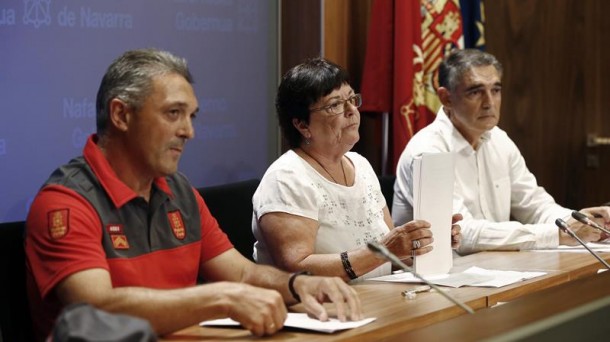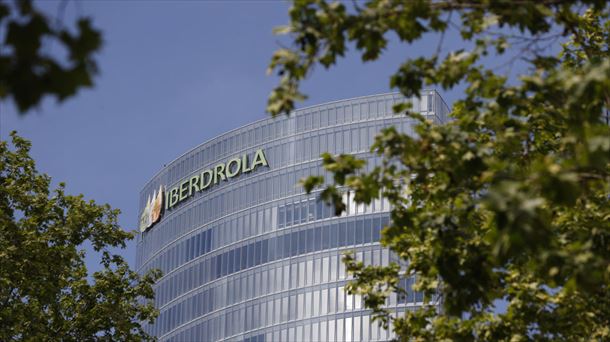The share of migrants in the Austrian population has increased by around 38 percent since 2015. With the increase, the criticism of living together has grown between established and migrants. The feeling of belonging to most immigrants to Austria is very strong.
This is the result of data that the integration minister Claudia Plakolm (ÖVP) and Stephan Marik-Lebeck from Statistics Austria presented on Wednesday. According to this, around 2.51 million people with a migration background lived on average in Austria in 2024.
The people (first generation “(born abroad) and that” second generation “(born in Austria, born both parents abroad) existed here. The proportion of people with a migration migration in 2024 was 27.8 percent of the total population. Compared to 2015 (1.81 million) this means growth by around 696,100 people or 38.4 percent.
Lives more and more together
For the Migration Report 2025, the assessment of living together was also requested. This shows that the criticism of those born in Austria have been strongly growing since 2022: while only 25.1 percent rated this point at that time as “rather bad/very bad”, this saw this as critical about this in 2025. Only 20.9 percent judged as “very good/pretty good”.
Migrating between Austrians and migrants considerably appreciated better. 57.9 percent see it as “very good” or “pretty good”, only 13.7 percent then “rather bad/very bad” (see image).
Austria feels three -quarters
As part of migration research in 2025, the sense of solidarity was also raised by immigrants. Austria feels more than three -quarters (75.7 percent) of the respondents. The bond with immigrants from Syria (83.6 percent), Bosnia and Herzegovina (79.8) and Somalia (78.3) is particularly strong. The least sense of Austria can be found in born in Ukraine (64.7 percent).
Almost half (46.6 percent) of those born abroad continue to feel connected to the country of origin. The share in Afghanistan (37.2 percent) and Russia (32) is very low here.
For integration Minister Plakolm this is “a very good result at first sight”. Hearing is not everything. “It is part of doing something. This means that you learn the language, take care of the job, let the family itself keep values” – and not to build parallel societies. “If you want to stay at a distance and want to live in parallel societies, you can’t be part of society,” Plakolm said willingness to integrate.
Integration must succeed, “otherwise the support of the population will disappear,” she said to the critical perspective of those born in Austria. Plakolm also referred to the government measures, such as values and the option of sanctions when they are not achieved by corresponding integration goals.
Majority does not speak German at home
The key to integration is the language, here the integration report shows the following image: 45.1 percent of immigrants indicated that it was usually or exclusively at home communicated in their language of origin, 16.4 percent, on the other hand, alone or mostly in German. Communication with friends, 30 percent takes place exclusive or mainly in German, 48.7 percent speak German in combination with another language.
The number of asylum applications has decreased considerably compared to the high level of 2022 – from 112,272 to 25,360 in 2024. Compared to the years before, the quota is even higher: 2018 to 2019 There were applications between 12,886 and 14,775. Minister Plakolm was satisfied with sinking, the trend would continue this year. “This development also gives us the urgently required air, so that integration can also succeed,” she said.
Without migration, the population would shrink strongly
Without immigration, however, the population of Austria would shrink enormously, as Stephan Marik-Lebeck emphasized Austria during the presentation. Since there are more dead than births in Austria, the population has been growing exclusively for many years through migration. Marik-Lebeck, including expected migration movements, expects the limit of ten million residents to be exceeded in 2069. Without migration, the population would decrease to 6.9 million, which would be again at the 1950 position.
If you look at the group of people with non-Aastrijk citizenship (1.85 million in January 2025), the largest group from Germany (239,500), followed by Romanian (155,700) and Turkish (124,800) and Serbian (122,500) citizens. Since the beginning of 2020 there has been the strongest growth for people with Ukrainian (+76,300), Syrian (+53,300), German (+39,500), Romanian (+32,300) and Croatian citizenship (+25,800).
Source: Krone
I am Ida Scott, a journalist and content author with a passion for uncovering the truth. I have been writing professionally for Today Times Live since 2020 and specialize in political news. My career began when I was just 17; I had already developed a knack for research and an eye for detail which made me stand out from my peers.



